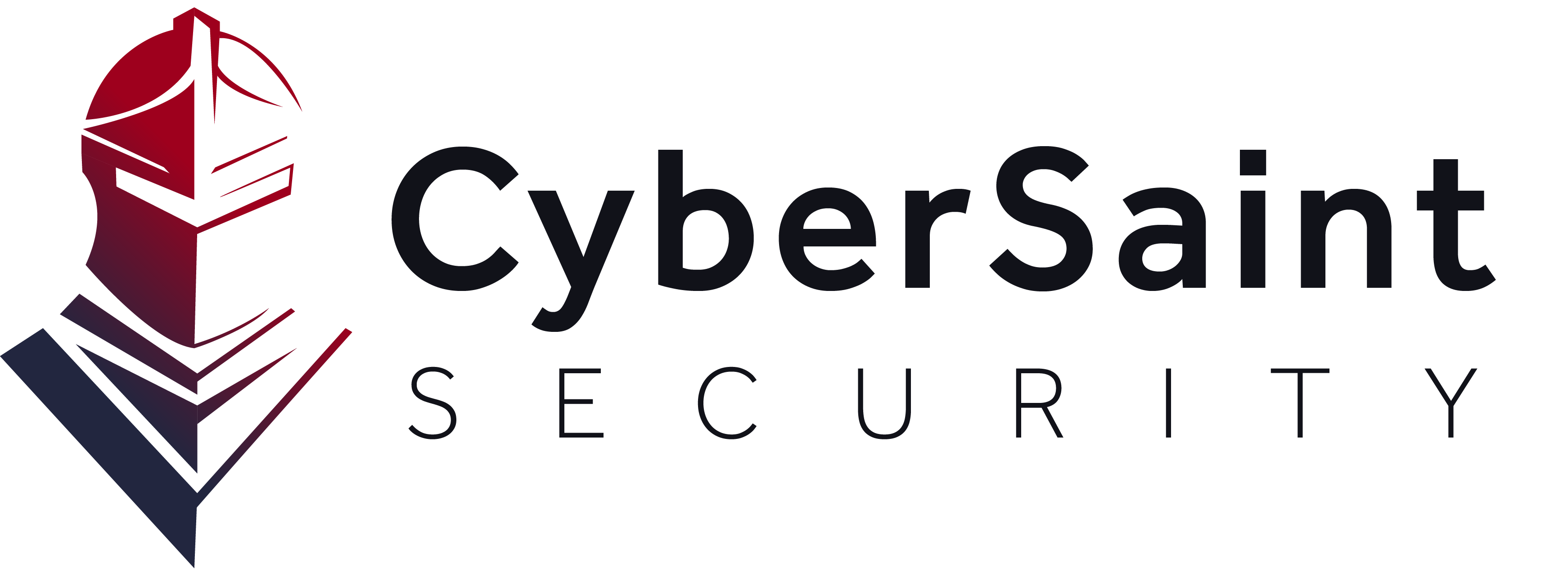To achieve peace of mind in the modern threat landscape, small business owners must have a solid security strategy and budget in place.
VIPRE’s SMB Security Trends report state that almost half of the IT specialists working at small businesses are concerned with data security. Additionally, 30 million small businesses in the US are struggling to protect themselves from phishing attacks, identity theft, data breaches, malware spying, and other cyber-attacks.
Cyberattacks and data breaches put millions of personal data at risk, and small businesses with lesser security protection, resources, and dedicated personnel are ideal targets for hackers. Besides this, small business security budgets are pretty limited, and almost 60% of them spend only $500 or less on cybersecurity per month. Indeed, startups have less stringent security policies, and cybercriminals are fully aware of this vulnerability; hence, entrepreneurs must make the most of their limited budgets.
Small to midsize businesses looking to ensure their networks and data without going over budget can take into consideration the following cost-effective solutions.
Cybersecurity Solutions for a Budget
Educate Your Employees
Emails and employees are the number one cause of data breaches, especially for small businesses, as they offer a direct path into your system. Therefore, educating and training your employees on primary internet practices and preventing cyber-attacks is essential. Training must cover topics like detecting a phishing email, avoiding suspicious downloads, using good browsing practices, and maintaining good cyber hygiene.
Install Antivirus
Your security team should always equip company computers with updated antivirus or antispyware. The latest security software version guarantees the best protection against viruses, malware, and other cyber threats.
Secure Networks
Protecting your internet connections is crucial to ensure all the information shared through the networks doesn’t end up in the wrong hands. Therefore, one of the best practices is to use encryption and a firewall. If your small business has Wi-Fi, ensure it’s hidden and secure.
Creating Strong Passwords
Creating strong and complex passwords is the key to safeguarding your confidential data from getting into the hands of hackers and cybercriminals. A strong password must include a unique character, number, upper case, and ten or more characters.
Multi-factor Authentication
Multi-factor authentication (MFA) is the process that, when accessing something, requires additional information, such as a pin code or security number. These numbers are usually sent to your personal phone and must be entered in order to log in.
Backup Your Data
Regularly backup your data from every computer working within your office premises. If possible, set up an automated backup process weekly and store copies on the cloud or offsite.
Limit Employee Access To Data And Information
Never provide access to all your data and system to just one employee. Instead, employees should only have access to specific data systems without which they cannot perform their job. Remind your employees never to install any software without permission.
Hire Trained And Skilled CISO
CISO, short for Chief Information Security Officer, is a senior executive responsible for developing, maintaining, and implementing the IT program capable of safeguarding data, networks, and systems from hackers and cybercriminals. With the state of cybersecurity and the start-up ecosystem continually evolving, the significance of startup CISO is also growing. One can easily search for startup CISO jobs on the Internet to get hold of an experienced finance leader in the startup landscape.
Enhance Your Small Business Cybersecurity
Undoubtedly, small businesses and startups are prone to cyberattacks and data breaches, resulting in financial losses, data productivity, customer relationships, and sales. Small-scale companies that don’t take their small business security seriously fall prey to cybercriminals and hackers.
When it comes to hacking, it’s wise to hope for the best but be prepared for the worst. Remember, hackers never discriminate, but they would actually prefer startups and small businesses if they did.
Indeed, small businesses have limited resources, professionals, and budgets, yet small businesses must work towards implementing robust cybersecurity strategies. Ultimately, all companies want is to ensure their business is safe and protected from all sorts of breaches while succeeding well into the future. And data loss prevention is entirely possible with a limited budget and the discussed best practices.
Schedule a demo to see how CyberSaint works with the NIST CSF to deliver workflow efficiencies and real-time insights.











